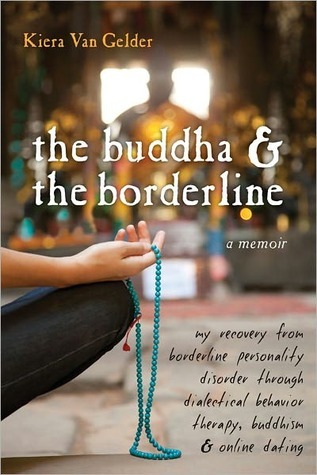More on this book
Community
Kindle Notes & Highlights
her personal experience with Zen Buddhism taught her that compassion, nonjudgment, and mindfulness can normalize our experience and help us trust and accept ourselves.
So, what is a dialectic? On the most practical level, it’s what happens when opposites combine to create something new. Bringing change and acceptance techniques together is an example of this.
dialectics is a viewpoint that recognizes reality and human behavior as fundamentally relational.
Mindfulness is the technique of simply observing what is happening without any judgment or attempts to change it, and it’s the basis of all of DBT’s acceptance strategies. For our group exercise, we’re instructed to close our eyes and imagine a river flowing past, with leaves floating on the surface. Each leaf is like a thought drifting by. There’s no need to grasp onto the leaves—no need to chase them, and no need to deny their presence. Our job is to let everything pass by, even if it turns out there are severed heads and old tires bobbing by. This isn’t easy. I last maybe three breaths
...more
“Think of it more like a well or fountain inside of you. It’s always there, but because you’re been fixated on emotion or reason, it’s hard to access it. When you bring all ways of knowing together, wise mind emerges.”
“urge surfing,” a DBT technique for learning how to ride out each feeling and impulse rather than habitually escaping it though various modes of self-destruction.
In interpersonal effectiveness, we read a handout of bulleted items about the importance of attending to relationships: Don’t let hurts and problems build up. Use relationship skills to head off problems. End hopeless relationships. Resolve conflicts before they get overwhelming (Linehan 1993).
definitely need to learn how to negotiate rather than cutting and running when trouble develops.
now, after almost a year of supposed treatment for BPD, my symptoms of inappropriate anger, paranoia under stress, rapidly shifting emotions, and all of the core feelings of being neglected, alone, and helpless aren’t symptoms of the disease anymore; they’re a response to real conditions.
clinical term for this situation is “iatrogenic,” meaning a treatment that causes more illness.
Simon explains that emotions are complex physiological processes. When we look at an emotion, we tend to view it as a single event or experience, but in reality, many things are going on.
Dr. Linehan explains, people with BPD have a different physiological experience with this process because of three key biological vulnerabilities (1993a): First, we’re highly sensitive to emotional stimuli (meaning we experience social dynamics, the environment, and our own inner states with an acuteness similar to having exposed nerve endings). Second, we respond more intensely, and much more quickly, than other people. And third, we don’t “come down” from our emotions for a long time. Once the nerves have been touched, the sensations keep peaking. Shock waves of emotion that might pass
...more
Marsha Linehan (1993a) speculates that BPD behaviors and experiences develop through a combination of biological vulnerability and an environment that is unable to respond adequately to our special needs. She calls this the biosocial model.
But how do you grow a borderline? Her word for the environment that cultivates our disorder is “invalidating.” She doesn’t use the term “abuse” or even “neglect,” but “invalidation” to describe how a vulnerable child’s inner experiences—thoughts, emotions, sensations, and beliefs—are either disregarded, denied, erratically responded to, punished, or oversimplified by caretakers and nurturers.
invalidating environments put a premium on controlling or hiding negative emotions. Painful experiences are trivialized, and blame is put on the vulnerable person for not meeting the expectations of others and living by their standards.
It’s the approach to the borderline tension between needing to be accepted and validated versus needing to be pushed into making changes.
Simon explains that emotions serve a purpose. “Despite how horrible they feel or how much trouble they seem to cause, they do important things for us: They communicate. They motivate. They self-validate. They give our lives richness and meaning.”


